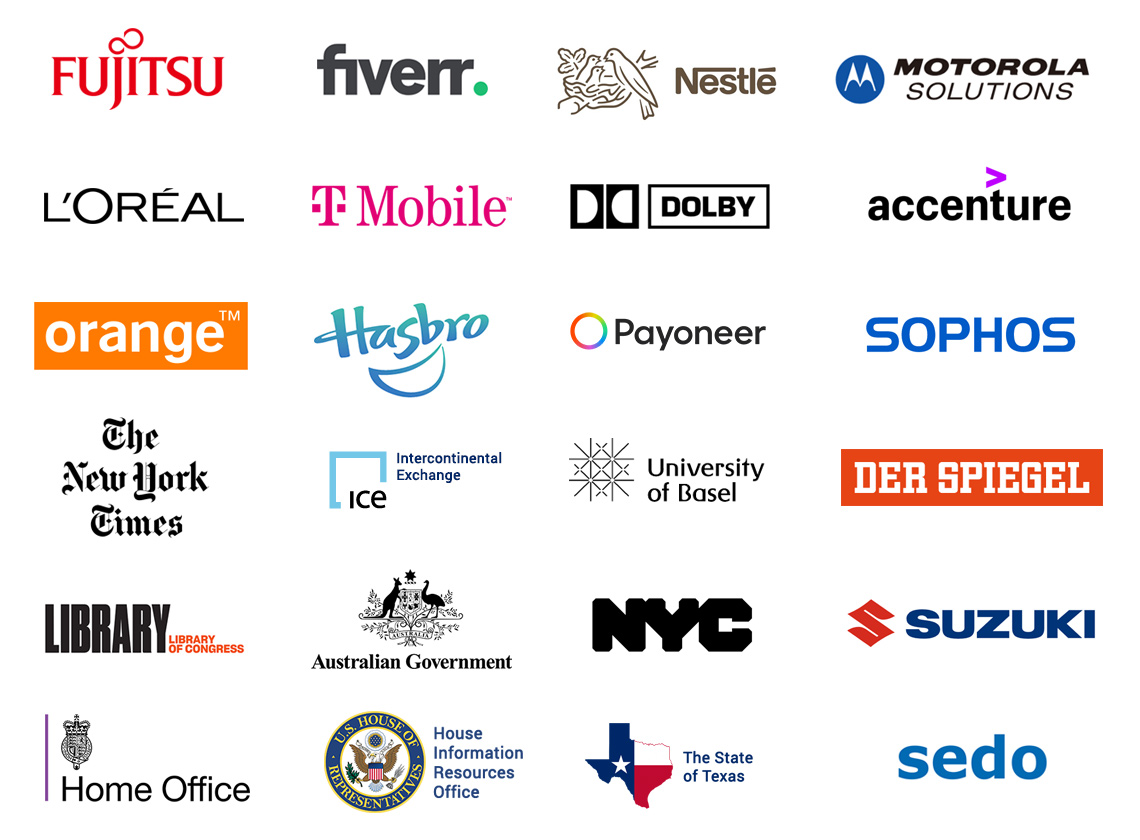TLDR: You can open suspicious links via browserling.com/browse, which gives you instant access to a sandboxed browser that runs in an isolated environment outside of your network.
Introduction
While most links and websites are benign, the potential for stumbling across malicious ones remains significant. With cyber attacks and online fraud on the rise, knowing how to safely inspect suspicious links has never been more crucial. In this blog post, I'll explore the types of links that are considered unsafe and discuss a reliable solution, Browserling (that I and my team built), to safely inspect these links.
What Makes a Link Suspicious?
Unexpected Email Links
If you receive an email from an unknown sender or an unexpected link from a known contact, be wary. Cyber criminals often impersonate familiar contacts or companies to trick you into clicking a link that leads to malware or a phishing page.
Grammar and Spelling Errors
Poor grammar, awkward phrasing, or numerous spelling errors in the text content of a message or email can be a good indicator that the link or associated content is suspicious.
Shortened URLs
While link shortening tools like bit.ly or t.co are legitimate, they can easily disguise the final destination of the link, making it a favorite for malicious actors. Malicious actors can even chain multiple link shortening services together to make the links even harder to decipher.
Too Many Redirects
If clicking a link seems to redirect you through multiple pages, this could be a sign of a malicious link attempting to mask the real website that serves the content.
Links With Spelling Mistakes
A common tactic used by cybercriminals is to register domains with typos or slight variations of well-known brand names, hoping to capture users who mistype the URL. For example, they might mistype microsoft.com as micorsoft.com (letters "r" and "o" are swapped) or microsoftt.com (with two "t"s).
Inconsistencies in the URL
Cybercriminals sometimes use subdomains to make a URL look legitimate. For instance, account.google.fakewebsite.com – at first glance, it seems legitimate, but the real domain here is fakewebsite.com.
Mismatched URLs
You can hover over any link to see in a tool-tip message where it actually directs. If the hover link doesn't match the URL in the text or seems unrelated, it might be malicious.
Unusual File Extensions
If a link is directing you to download a file, check the file extension. Most common files have .jpg, .png, .doc, etc. If you see an unusual file extension like .exe (if you weren't expecting to download a program), be very cautious.
Links Sent Over Social Media
Even if you receive a link from a trusted friend on social media, be cautious. Their account could be compromised.
Links with Alarming or Too-good-to-be-true Claims
Scammers often use clickbait tactics, making outrageous claims to lure users into clicking.
Pressure Tactics
Messages that pressure you to act quickly. For example, "Your account will be suspended!", can be a tactic to make you act without thinking.
Meet Browserling
So, how do you inspect these links without compromising your computer or personal information? Here's where Browserling, that I and my team built, comes into play.
What is Browserling?
Browserling is a live web testing platform that allows users to safely browse the web from a sandboxed browser without installing any software or plugins. One of its applications is the safe inspection of suspicious links.
How Does Browserling Help in Opening Suspicious Links?
Browser Isolation
Browserling operates in isolated virtual machines. This means that even if the link does turn out to be malicious, the malware won't affect your actual device or your network. The virtual machine acts as a barrier between the malicious content and your device.
Avoid Malware and Viruses
If a link tries to download malicious software, the harmful content will be confined to the virtual environment of Browserling and won't reach your computer.
No Personal Data Exposure
As you're not using your own browser or device to access the link, your personal data and IP address remains shielded from potential phishing sites.
Disposable Sessions
Once you're done with your session in Browserling, the virtual machine will be discarded, ensuring that any potential threats or cookies and tracking scripts from that session are eliminated.
Ease of Use
Simply head to Browserling's website, enter the suspicious link, and safely view its content. Or, load a browser with a single click via the quick browsing URL: browserling.com/browse.
Who Uses Browserling?
Browserling has now become the tool of choice for opening suspicious links safely and it's used by hundreds of thousands of users around the world every month. Browserling's customers include governments, states, cities, banks, stock exchanges, universities, newspapers, Fortune 100, Fortune 500 companies, and private multi-billion dollar companies.

Additional Tips for Online Safety
While tools like Browserling offer a safe way to inspect links, it's essential to combine these tools with good online habits:
- Use Antivirus Software: Always have up-to-date antivirus software installed on your device.
- Enable Two-Factor Authentication: For accounts that support it, enabling two-factor authentication adds an extra layer of security.
- Educate Yourself: Stay informed about common online scams and phishing techniques.
- Check for HTTPS: Ensure that the website uses HTTPS, especially if entering personal or payment information.
Conclusion
The Internet hosts an uncountable number of potential threats. By recognizing suspicious links and employing tools like Browserling, you can safely navigate the web. And to ensure the utmost online security, always remember to combine Browserling with prudent online habits.
Browse safe!
